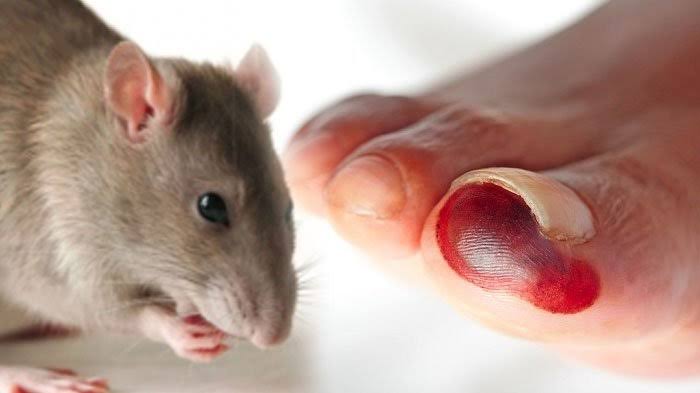UNAIR NEWS – Leptospirosis is a disease transmitted through animals (zoonotic). It is widespread globally and has the potential for outbreaks. The mortality rate due to leptospirosis is quite high, ranging from 5% to 12%. This disease is found in both the tropics and subtropics, the highlands and lowlands. Caused by spiral-shaped leptospira bacteria, this disease can be transmitted directly if there is contact between mucous membranes or open skin with a source of infection or through media such as water, soil, or food contaminated with these bacteria. Some animals that can transmit this disease include rats, cattle, dogs, and cats.
The morbidity rate due to leptospirosis is quite high, approximately 320,000 cases per year. Most cases occur in areas with dense populations, frequent flooding, poor waste management, and poor sanitation conditions. In Indonesia, the incidence of leptospirosis is also quite high. Several regions report high cases of leptospirosis, which always occur every year, such as in DKI Jakarta, Central Java, and East Java.
The high cases of leptospirosis are associated with unfavorable environmental conditions. Housing conditions and workplace sanitation are important environmental factors for the transmission of leptospirosis. Open landfills, semi-permanent houses, and buildings without ceilings make it easy for rats to enter the house. The presence of garbage around the house also results in the presence of rats there. Floods, puddles, clogged ditches, poor housing sanitation, and heavy rainfall are associated with the incidence of this disease.
According to the Director General of Disease Control and Environmental Health (P2PL) of the Ministry of Health of the Republic of Indonesia, several types of work can be a significant risk factor for leptospirosis transmission. Farmers, ranchers, and river sand miners have a high risk of suffering from this disease. Cross-sectoral cooperation is needed to overcome transmission and prevent outbreaks.
One of the districts in East Java Province that reports leptospirosis cases every year is Ponorogo. Interestingly, most cases of leptospirosis in Ponorogo Regency occur in highlands which are unflooded areas. Notobroto et al. (2021) in their research analyzed the factors associated with the incidence of leptospirosis in the highlands of Ponorogo Regency. Some factors include individual characteristics, behavioral factors, and environmental factors. The results showed that the individual characteristic factors associated with the incidence of leptospirosis were education and occupation. The education was low while working as a farmer or rancher resulted in a higher risk of suffering from leptospirosis. Meanwhile, the behavioral factors related to the incidence of leptospirosis were the practice of preventing leptospirosis. Maintaining environmental sanitation, both inside and around the house, is very crucial to prevent this disease. The same goes for the practice of maintaining personal hygiene. On the other hand, the environmental factors related to the incidence of leptospirosis were residential density (less than 8 square meters/person), livestock ownership (especially cattle), the distance between the ranch and the house (less than 10 meters), and the presence of rats in the house.
According to the results of the research, it is proven that cows and rats are animals that transmit leptospirosis to humans through contact with cow or rat urine. Therefore, preventive actions can be carried out by using personal protective equipment during work, maintaining personal hygiene after work or in contact with livestock, and preventing the presence of mice in the house. Dissemination about leptospirosis, modes of transmission, risk factors, and prevention methods needs to be carried out so that the community can take appropriate preventive actions.
Authors: Notobroto HB, Mirasa YA, Rahman FS.
Link:
Notobroto HB, Mirasa YA, Rahman FS, 2021. Sociodemographic, behavioral, and environmental factors associated with the incidence of leptospirosis in highlands of Ponorogo Regency, Province of East Java, Indonesia. Clinical Epidemiology and Global Health 12:1-5, doi: https://doi.org/10.1016/j.cegh.2021.100911
Available at: https://www.sciencedirect.com/science/article/pii/S2213398421002190





